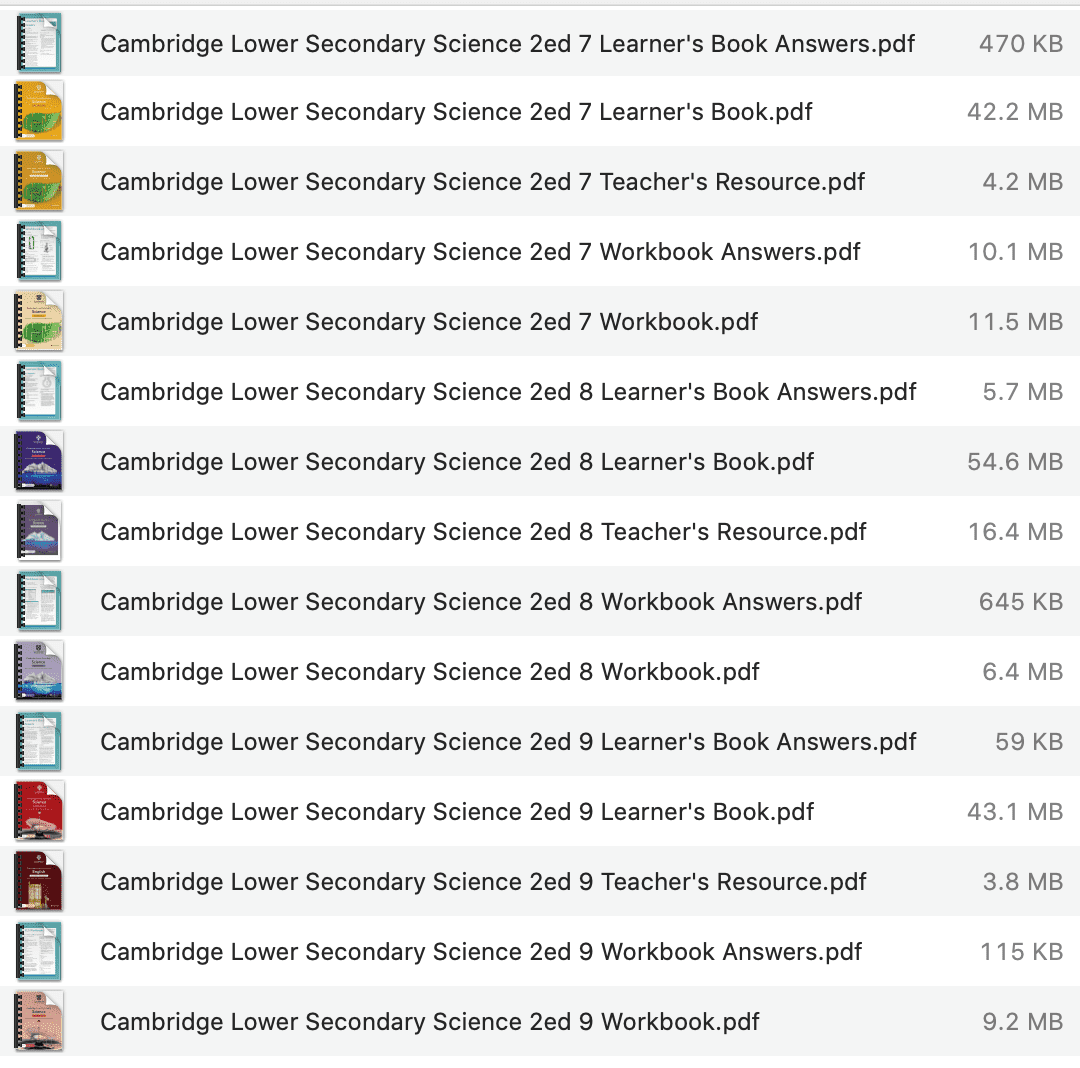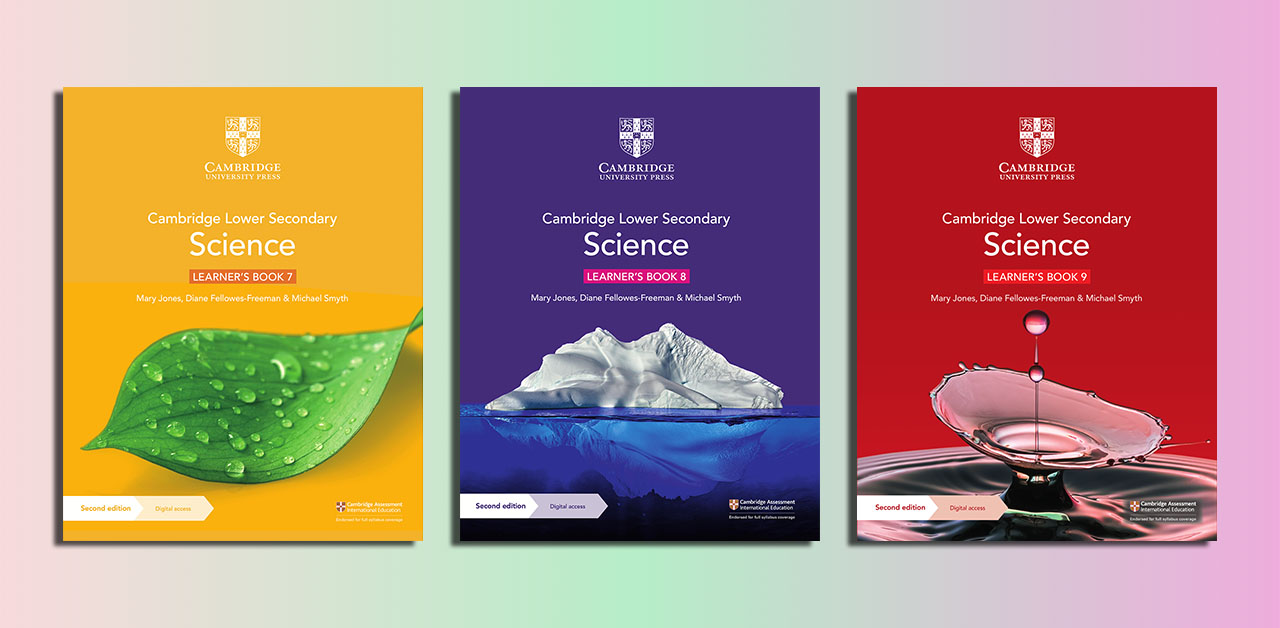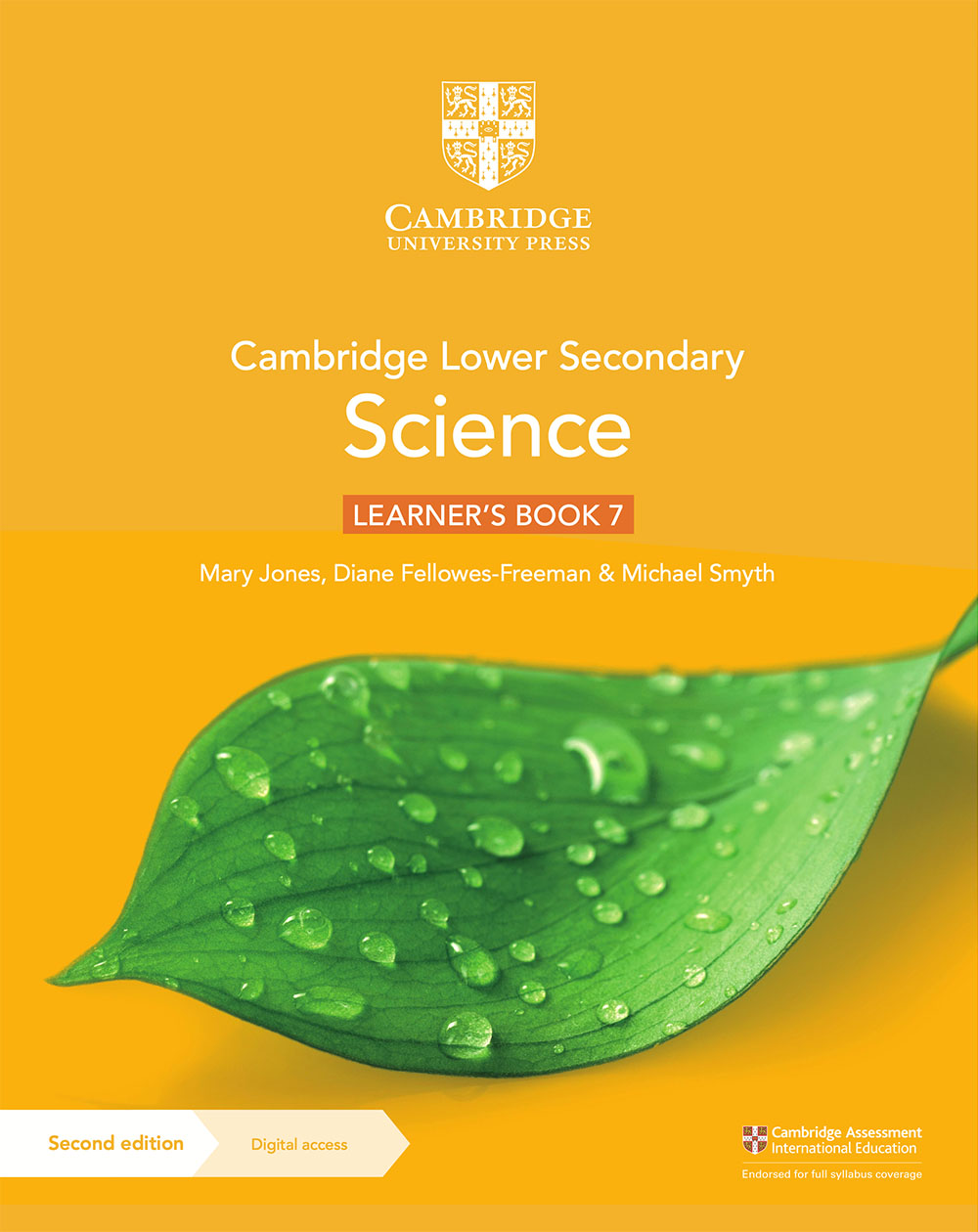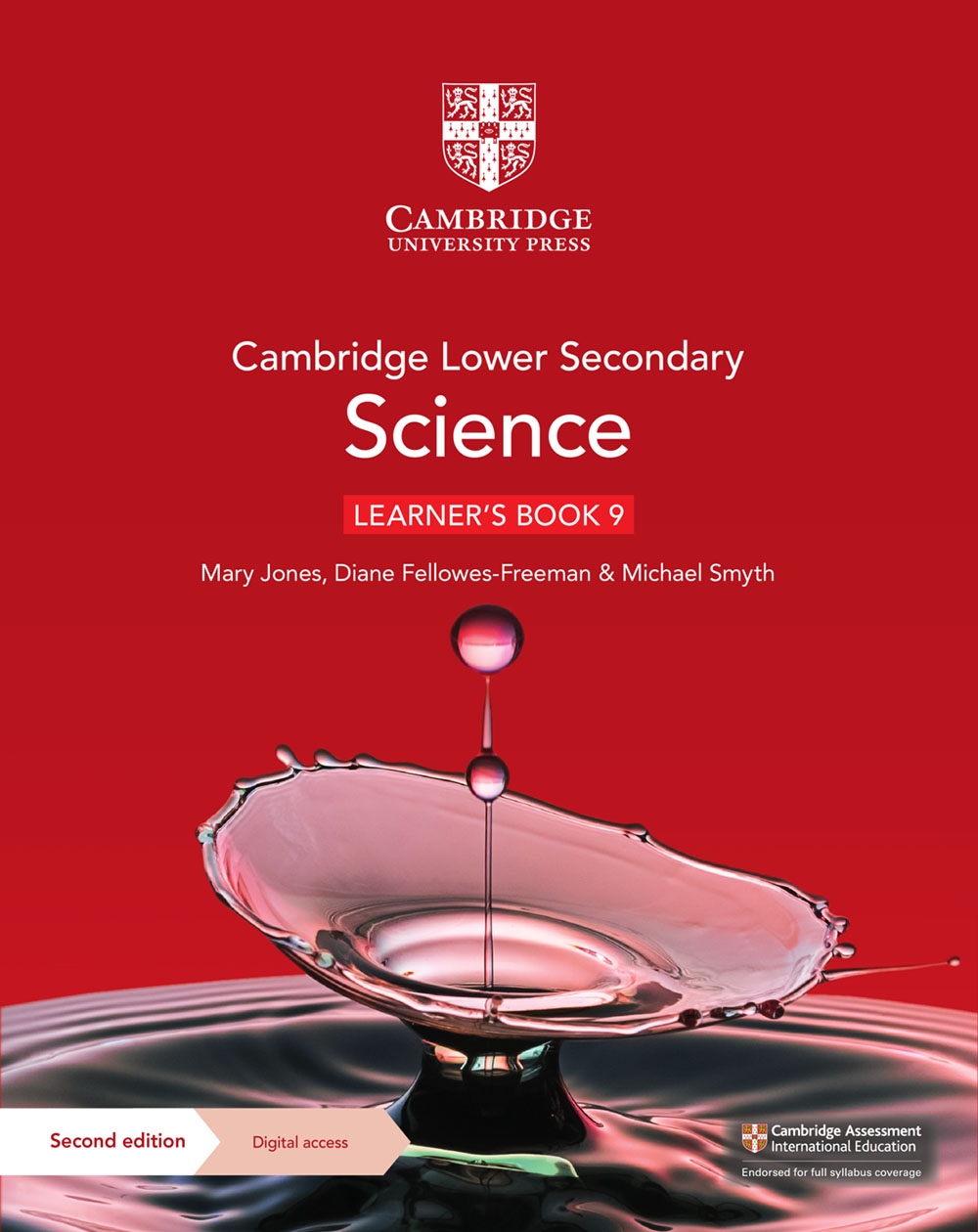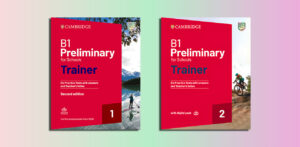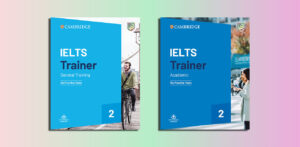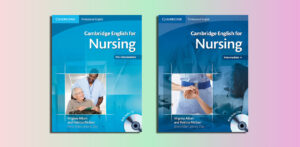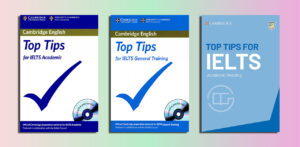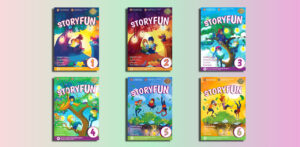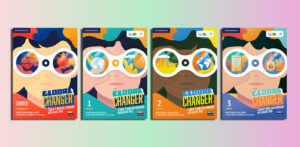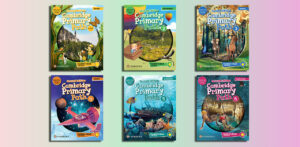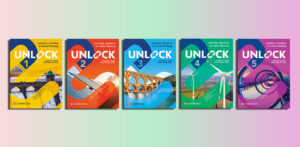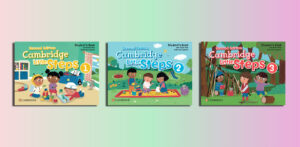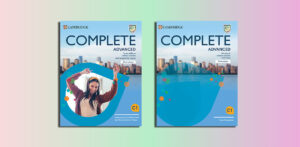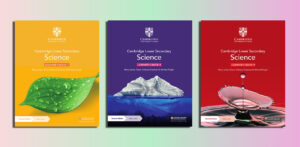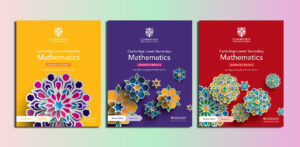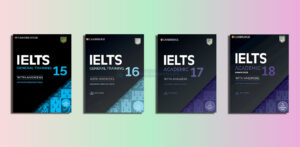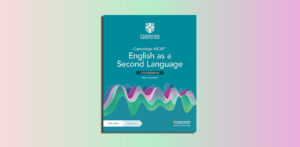Cambridge Lower Secondary Science 2nd Edition (PDFs, Resources)
Level 7
Cambridge Lower Secondary Science 2ed 7 Learner’s Book Answers.pdf
Cambridge Lower Secondary Science 2ed 7 Learner’s Book.pdf – Sample: Click
Cambridge Lower Secondary Science 2ed 7 Teacher’s Resource.pdf
Cambridge Lower Secondary Science 2ed 7 Workbook Answers.pdf
Cambridge Lower Secondary Science 2ed 7 Workbook.pdf – Sample: Click
Level 8
Cambridge Lower Secondary Science 2ed 8 Learner’s Book Answers.pdf
Cambridge Lower Secondary Science 2ed 8 Learner’s Book.pdf – Sample: Click
Cambridge Lower Secondary Science 2ed 8 Teacher’s Resource.pdf
Cambridge Lower Secondary Science 2ed 8 Workbook Answers.pdf
Cambridge Lower Secondary Science 2ed 8 Workbook.pdf – Sample: Click
Level 9
Cambridge Lower Secondary Science 2ed 9 Learner’s Book Answers.pdf
Cambridge Lower Secondary Science 2ed 9 Learner’s Book.pdf – Sample: Click
Cambridge Lower Secondary Science 2ed 9 Teacher’s Resource.pdf
Cambridge Lower Secondary Science 2ed 9 Workbook Answers.pdf
Cambridge Lower Secondary Science 2ed 9 Workbook.pdf – Sample: Click
Overview of the “Cambridge Lower Secondary Science Second Edition” by Cambridge
Contents
- 1 Overview of the “Cambridge Lower Secondary Science Second Edition” by Cambridge
- 2 Who is suitable for “Cambridge Lower Secondary Science Second Edition”?
- 3 The benefits of “Cambridge Lower Secondary Science 2nd Edition”
- 4 Effective learning strategies for “Cambridge Lower Secondary Science 2nd Edition”
| ✅ Coursebook: | Cambridge Lower Secondary Science 2nd Edition |
| ✅ Authors: | Mary Jones, Diane Fellowes-Freeman, Michael Smyth |
| ✅ Publisher: | Cambridge University Press |
| ✅ English type: | International English |
| ✅ For: | Science, Secondary, Junior High School |
| ✅ Publication year: | 2021 |
What the series is
- It is published in support of the Cambridge Lower Secondary Science curriculum (0893), which aims to help learners aged roughly 11-14 (Stages 7-9) develop scientific thinking, practical skills, and conceptual understanding.
- The “Second Edition” indicates an updated version of the learner books, workbooks and digital/teacher resources aligned with the framework.
- The series is structured by “Stage” (Stage 7, Stage 8, Stage 9) corresponding to lower secondary years.
Key Features & Strengths
Here are some of the salient features and what makes this series suitable for the Cambridge Lower Secondary Science programme:
Alignment with Curriculum
- The curriculum lays out six main strands: Biology, Chemistry, Physics, Earth & Space, Thinking & Working Scientifically, and Science in Context.
- The book series is explicitly endorsed for use with the Cambridge programme and says it provides “comprehensive coverage” of the Framework. Cambridge International
- It emphasises a progressive build of knowledge and practical scientific skills, making it easier for schools following Cambridge to adopt.
Practical & Active Learning Focus
- The series has many opportunities for learners to “think like a scientist”: planning experiments, making predictions, gathering results.
- Active-learning features: suggestions for investigations, embedded tasks, opportunities for reflection.
There is a strong “Thinking and Working Scientifically” component in the curriculum that the book supports.
International-Ready & Flexible
- Because it’s part of the Cambridge international framework, it is designed for global use (which can be helpful for international or bilingual schools).
- It supports teacher resources, digital access (for example, the Learner’s Book 8 mentions digital access) which helps in diverse teaching contexts.
- The content is arranged so that it can be adapted to different school systems, while still meeting the Cambridge standard.
The “Second Edition” Updates
- The second edition likely includes updated examples, refined tasks, newer investigations, updated visuals and possibly digital enhancements, in line with current pedagogical best practice.
- The publisher summary emphasises “Build a strong foundation in scientific skills and key concepts with plenty of suggested practical investigations and integrated active learning.” Collins
Cambridge Lower Secondary Science Learner’s Book 7 Second Edition
Who is suitable for “Cambridge Lower Secondary Science Second Edition”?
- Learners aged roughly 11–14, typically in lower secondary school (Stages 7-9) following the Cambridge Lower Secondary Science syllabus (0893).
- Schools adopting the Cambridge Lower Secondary Science curriculum framework (0893) — the book is explicitly endorsed for this programme.
- Learners with English as a second or additional language, since the book uses clear vocabulary boxes, diagrams and supports accessibility.
- Teachers and schools that emphasise scientific skills and practical work, because the book focuses on “thinking and working scientifically”, investigations, predictions, results gathering.
- International schools or bilingual programmes using Cambridge frameworks or similar, where the resource can align with the Cambridge path and be adapted to local context.
Cambridge Lower Secondary Science Learner’s Book 8 Second Edition
The benefits of “Cambridge Lower Secondary Science 2nd Edition”
Major benefits
Strong alignment to the Cambridge Lower Secondary Science (0893) framework
- The series is explicitly endorsed for the Cambridge Lower Secondary Science curriculum framework (0893) from 2020. Collins+2Cambridge International+2
- That means it provides a clear structure of knowledge, understanding and skills as outlined by the framework — helping ensure coherence from stage to stage. Cambridge International+1
- For schools already using or moving into the Cambridge pathway, this means less re-planning and a smoother fit.
Emphasis on scientific skills and enquiry, not just content
- The description emphasises: “plenty of suggested practical investigations and integrated active learning.” Collins+1
- The framework states for Science: “students … develop a holistic approach … by considering scientific thinking and practical skills alongside knowledge and understanding.” Cambridge International+1
- This helps learners not just memorise facts, but do science: plan, experiment, observe, reflect. That supports deeper learning and better transfer of skills.
Builds a solid foundation for future study
- The Learner’s Book covers lowers-secondary (typically age 11-14) preparing students for upper secondary study. For example: “Build a strong foundation in scientific skills and key concepts”. Collins+1
- Because the book has been designed for progression, it helps ensure that students are ready for what comes next — in the Cambridge pathway or elsewhere. Cambridge International
- This means improved continuity and fewer gaps when transitioning to more advanced science.
Flexibility & international relevance
- The Cambridge Lower Secondary programme emphasises that learning should be globally aware but locally adaptable: “A global learner in a local context … Activities in our schemes of work are internationally focused but they can be applied in all local contexts” Cambridge International+1
- The resource supports this by being designed for international schools/bilingual programmes and allows adaptation to local curriculum, context, language.
- For teachers in diverse environments, this means you can use the book and still add local context and examples.
Support for differentiated learning & assessment
- Because the series is built to cover stages 7-9 (or equivalent), with scaffolding and progression built into the framework, it helps teachers to plan differentiated tasks. Cambridge International
- The published materials mention learners, tasks and investigations being designed to challenge and build step by step. Scribd
- Also, the Cambridge programme offers assessment tools and progression check-lists. Using the resource gives alignment to these supports. Cambridge International
Digital & print support / updated edition
- Being a “Second Edition” implies refinements: updated examples, modern investigations, better visuals, more digital access. For example the Collins blurb: “Build a strong foundation … with plenty of suggested practical investigations and integrated active learning.” Collins
- Some sources mention the availability of digital editions, downloadable worksheets, editable planning documents.
- For teachers and schools moving into blended or digital teaching, this is a plus.
How these benefits play out in the classroom
- Teachers can confidently plan lessons knowing that the content and skills map to the Cambridge framework — reducing time spent aligning local curriculum to source.
- Students engage in more hands-on science rather than purely textbook work: experiments, investigations, real-world applications, which boosts retention and interest.
- Over time, students develop scientific thinking: making predictions, analysing data, reflecting on results — not just answering questions.
- For mixed-ability classes, scaffolding and challenge tasks allow teachers to differentiate: those who need extra support can access foundational tasks; those ready for stretch can engage deeper investigations.
- Schools that are part of international or bilingual programmes can use the series and localise it: adapt examples, supplement with local context while retaining global rigour.
- With digital support and updated visuals/materials, the teaching and learning experience is more engaging and suited to modern classrooms.
Cambridge Lower Secondary Science Learner’s Book 9 Second Edition
Effective learning strategies for “Cambridge Lower Secondary Science 2nd Edition”
1. Activate prior knowledge and build links
- Begin each chapter with a short “What do you already know?” activity: ask students what they remember about a topic or what they think will happen. This helps anchoring new learning in their existing schema (which the curriculum emphasises).
- Use concept maps or KWL charts (Know / Want to know / Learned) to visualise links between old and new topics.
- Frame lessons by showing how the current topic connects to earlier ones and to the real world. For instance, the curriculum emphasises “Science in Context” (linking to the real-world and sustainability issues).
- Scaffold bridging tasks: if students come in with weak foundational knowledge (for example of atoms, forces, simple biology) spend a few minutes reviewing before diving in. The curriculum stresses progression and prior knowledge.
2. Emphasise “Thinking & Working Scientifically”
- Integrate skills-based tasks throughout: planning investigations, identifying variables, making predictions, analysing data, drawing conclusions. The framework shows this as one of the main strands.
- Use inquiry-based learning: pose a scientific question, ask students to design a method, collect data, then discuss/reflect. For example: before teaching conductivity, challenge students: “Which materials in the classroom carry electricity? How can you test?”
- Use “metacognitive prompts”: ask students to reflect: What did I expect? What did I observe? Why was the result different? This helps deepen the investigation phase.
- Include peer-feedback and self-assessment: once students finish an experiment, have them swap and critique each other’s plan or data interpretation, then revise accordingly.
- Provide explicit teaching of how scientists think: modelling how to interpret graphs, seeing patterns, making models (e.g., particle model of matter). The curriculum emphasises models and representations.
3. Use visualisations, models and multiple representations
- Encourage students to draw, label, annotate diagrams and models (e.g., atom diagrams, force diagrams, ecosystems) rather than only reading text. Visual learning is critical in science.
- Use real-world examples and demonstrations: for example, when teaching motion/forces, use a toy car or simple experiment in class. This helps connect abstract concepts to concrete experience.
- Encourage students to translate between representations: e.g., verbal description → diagram → formula → graph. This builds flexibility and helps comprehension.
- Use digital simulation or animations where applicable (if resources allow) to illustrate processes too slow/fast/small to observe directly (e.g., microscopic processes, planetary motion). The book’s digital resources often support this.
4. Embed regular review and spaced practice
- Schedule short review sessions: after a chapter, revisit key concepts a week later and again a month later (spaced practice) to enhance retention.
- Use low-stakes quizzes or “flash” retrieval tasks: e.g., start class with 3 questions from previous chapter; students respond with their answers, then discuss.
- Use the workbook exercises that accompany the Learner’s Book to reinforce and consolidate. These often include “Consolidate” and “Check your understanding” tasks.
- Encourage students to summarise each chapter in their own words, and then share with a partner (“teach it to me”) — this promotes elaboration and retrieval.
- When moving to the next stage (e.g., from Stage 7 to Stage 8), highlight how the upcoming topic builds on earlier ones (progression grid emphasised in the framework).
5. Differentiate and scaffold according to learners’ needs
- Use scaffolding: start with guided tasks (teacher leads experiment, shows how to identify variables), then gradually reduce support as students become independent. This aligns with the scaffolding concept in learning science.
- Offer extension tasks for stronger learners: deeper investigations, challenge questions, linking topics (e.g., how does ecology connect to physics of energy transfer?). The teacher guide mentions “challenge activities”.
- For learners needing support: use vocabulary pre-teaching (especially if English is a second language), use more visuals and step-by-step scaffolded worksheets. The series notes support for non-native English learners.
- Peer tutoring: pair stronger students with weaker ones in practical investigations. This benefits both parties (teaching reinforces stronger student’s understanding; weaker student gains peer explanation).
- Adapt the context: localise examples to the students’ environment to increase relevance and engagement.
6. Integrate experiments, practical work & real-world context
- Make practical investigations a core part of lessons, not an add-on. The book emphasises suggested investigations and hands-on tasks.
- Structure each experiment:
- Pose a question/hypothesis
- Plan method (variables, controls)
- Collect results/data
- Analyse/discuss results
- Reflect on method (what went well, what could be improved)
- Use everyday phenomena: link to what students see in their homes, community or environment. For example: water filtration, local energy sources, materials in local market. This taps into the “Science in Context” strand.
- Encourage students to present their findings: via posters, presentations or mini-reports. This helps them articulate scientific thinking and deepen learning.
7. Use metacognition and encourage scientific communication
- Ask students to reflect on their own learning: Which parts were difficult? How did I overcome them? What do I need to revisit?
- Encourage them to write short reflections at the end of each chapter: “Today I learnt … I found most interesting … I still need to …”
- Build opportunities for students to discuss and explain to one another: “Tell me how you got that answer” or “Why did you choose this approach?”
- Teach them scientific language: vocabulary boxes, correct use of terms, how to construct scientific explanations (claim-evidence-reasoning structure). The resource supports vocabulary for non-native speakers.
- Use peer assessment: students check each other’s explanations or write-ups and provide feedback with guiding questions (Is the evidence clear? Is the reasoning logical?).
8. Connect to assessment and progression
- Use the progression grid from the curriculum to identify where students are and where they need to go (the framework emphasises progression from Stage 7 to Stage 9).
- Use past papers, sample questions and low-stakes tests to familiarise students with the format and demands of assessment (for example the Cambridge Lower Secondary Progression Tests or Checkpoint).
- Provide frequent feedback: after practicals and assessments, discuss common misconceptions, model correct reasoning, address error patterns. The teacher guide mentions common misconceptions part.
- Encourage students to map their own progress: “What I can now do that I couldn’t do before” (skills-based) and “What knowledge I now understand” (content-based).
9. Use cross-topic and interdisciplinary links
- Highlight how topics interconnect: e.g., chemistry and biology (photosynthesis & cellular respiration), physics and earth science (energy in Earth’s systems). The framework notes interconnections.
- Use projects or themes that cross strands: e.g., sustainability project – students investigate local water use (biology/chemistry/earth context) and present solutions.
- Encourage students to see science beyond subject boundaries: link to maths (data analysis, graphs), technology (engineering design), geography (earth & space), language (writing scientific explanations).
10. Foster a growth mindset and engagement
- Emphasise that science is about questions and investigation, not just knowing facts: the curriculum states students “will develop a lifelong curiosity about the natural world”.
- Celebrate mistakes: treat inaccurate predictions or unexpected results as learning opportunities—ask: What did we learn? How will we adjust?
- Use student-choice: allow learners to choose an experiment variant or focus question, which increases ownership and motivation.
- Use real-life case studies and current issues (environment, climate change, health) to show relevance and spark interest (“Science in Context” strand).
- Provide opportunities for students to present, share and teach: this builds confidence, responsibility and deeper learning.

